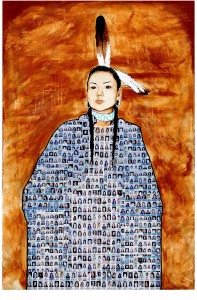Indigenous Peoples Day reimagines Columbus Day and changes a celebration of colonialism into an opportunity to reveal historical truths to promote Indigenous culture and commemorate the history of indigenous people.
“Learning about the history of Columbus and transforming this day into a celebration of indigenous people and a celebration of social justice … allows us to make a connection between this painful history and the ongoing marginalization, discrimination and poverty that indigenous communities face to this day,” Seattle Councilmember Kshama Sawant said.
Berghahn recognizes the significance of indigenous cultures and is happy to present some of its relevant titles:
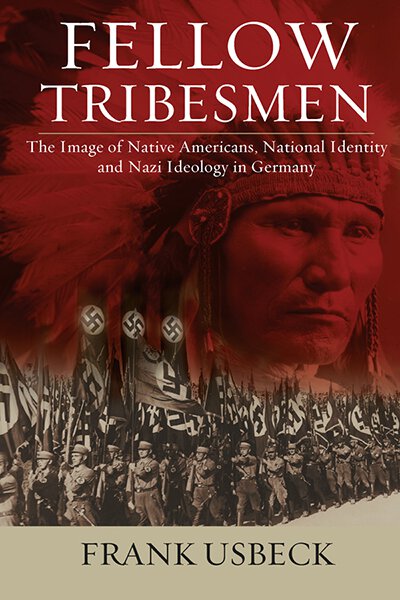 FELLOW TRIBESMEN
FELLOW TRIBESMEN
The Image of Native Americans, National Identity, and Nazi Ideology in Germany
Frank Usbeck
“Usbeck’s study is very impressive. He has collected a great number of facts…[and] presents a most interesting book…An extensive bibliography concludes an important work that is also attractively illustrated.” · AmerIndian Research
Throughout the nineteenth and twentieth centuries, Germans exhibited a widespread cultural passion for tales and representations of Native Americans. This book explores the evolution of German national identity and its relationship with the ideas and cultural practices around “Indianthusiasm.” Pervasive and adaptable, imagery of Native Americans was appropriated by Nazi propaganda and merged with exceptionalist notions of German tribalism, oxymoronically promoting the Nazis’ racial ideology. This book combines cultural and intellectual history to scrutinize the motifs of Native American imagery in German literature, media, and scholarship, and analyzes how these motifs facilitated the propaganda effort to nurture national pride, racial thought, militarism, and hatred against the Allied powers among the German populace.
Read Introduction
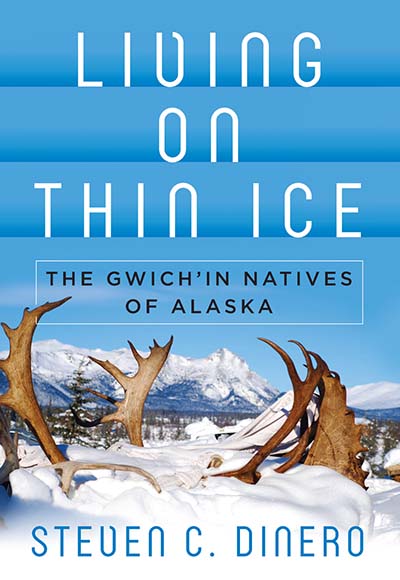 LIVING ON THIN ICE
LIVING ON THIN ICE
The Gwich’in Natives of Alaska
Steven C. Dinero
The Gwich’in Natives of Arctic Village, Alaska, have experienced intense social and economic changes for more than a century. In the late 20th century, new transportation and communication technologies introduced radically new value systems; while some of these changes may be seen as socially beneficial, others suggest a weakening of what was once a strong and vibrant Native community. Using quantitative and qualitative data gathered since the turn of the millennium, this volume offers an interdisciplinary evaluation of the developments that have occurred in the community over the past several decades.
Read Introduction
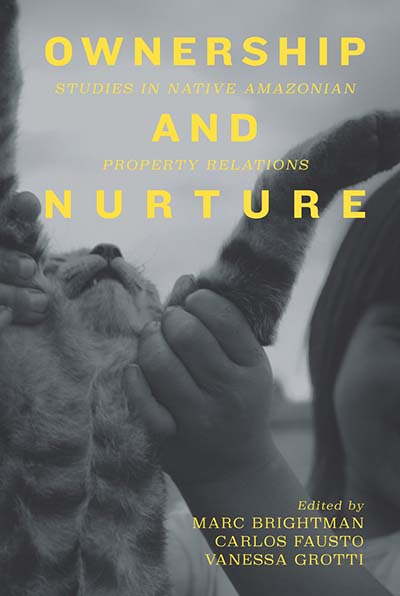
OWNERSHIP AND NURTURE
Studies in Native Amazonian Property Relations
Edited by Marc Brightman, Carlos Fausto, and Vanessa Grotti
Foreword by James Leach
The first book to address the classic anthropological theme of property through the ethnography of Amazonia, Ownership and Nurture sets new and challenging terms for anthropological debates about the region and about property in general. Property and ownership have special significance and carry specific meanings in Amazonia, which has been portrayed as the antithesis of Western, property-based, civilization. Through carefully constructed studies of land ownership, slavery, shamanism, spirit mastery, aesthetics, and intellectual property, this volume demonstrates that property relations are of central importance in Amazonia, and that the ownership of persons plays an especially significant role in native cosmology.
Read Introduction: Altering Ownership in Amazonia
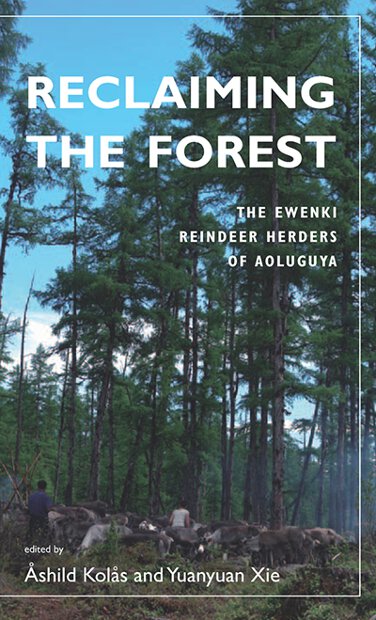 RECLAIMING THE FOREST
RECLAIMING THE FOREST
The Ewenki Reindeer Herders of Aoluguya
Edited by Åshild Kolås and Yuanyuan Xie
Foreword by F. Georg Heyne
The reindeer herders of Aoluguya, China, are a group of former hunters who today see themselves as “keepers of reindeer” as they engage in ethnic tourism and exchange experiences with their Ewenki neighbors in Russian Siberia. Though to some their future seems problematic, this book focuses on the present, challenging the pessimistic outlook, reviewing current issues, and describing the efforts of the Ewenki to reclaim their forest lifestyle and develop new forest livelihoods. Both academic and literary contributions balance the volume written by authors who are either indigenous to the region or have carried out fieldwork among the Aoluguya Ewenki since the late 1990s.
Read Introduction: Writing the ‘Reindeer Ewenki’
 MASKS AND STAFFS
MASKS AND STAFFS
Identity Politics in the Cameroon Grassfields
Michaela Pelican
Volume 11, Integration and Conflict Studies
The Cameroon Grassfields, home to three ethnic groups – Grassfields societies, Mbororo, and Hausa – provide a valuable case study for the anthropological examination of identity politics and interethnic relations. In the midst of the political liberalization of Cameroon in the late 1990s and 2000s, local responses to political and legal changes took the form of a series of performative and discursive expressions of ethnicity. Confrontational encounters stimulated by economic and political rivalry, as well as socially integrative processes, transformed collective self-understanding in Cameroon in conjunction with recent global discourses on human, minority, and indigenous rights. The book provides a vital contribution to the study of ethnicity, conflict, and social change in the anthropology of Africa.
Read Introduction
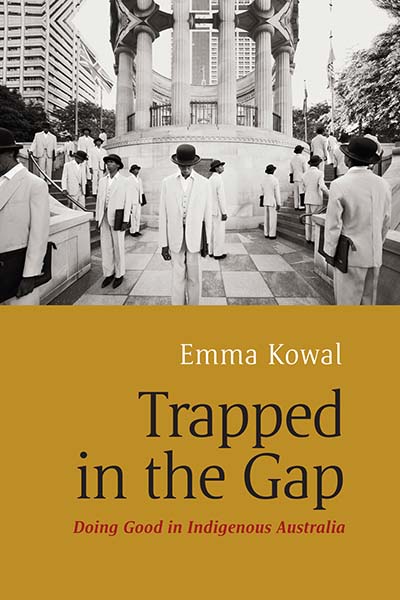 Paperback original
Paperback original
TRAPPED IN THE GAP
Doing Good in Indigenous Australia
Emma Kowal
“Kowal’s work is essential to any project that seeks to change or even imagine a different world.” · Anthropos
In Australia, a ‘tribe’ of white, middle-class, progressive professionals is actively working to improve the lives of Indigenous people. This book explores what happens when well-meaning people, supported by the state, attempt to help without harming. ‘White anti-racists’ find themselves trapped by endless ambiguities, contradictions, and double binds — a microcosm of the broader dilemmas of postcolonial societies. These dilemmas are fueled by tension between the twin desires of equality and difference: to make Indigenous people statistically the same as non-Indigenous people (to ‘close the gap’) while simultaneously maintaining their ‘cultural’ distinctiveness. This tension lies at the heart of failed development efforts in Indigenous communities, ethnic minority populations and the global South. This book explains why doing good is so hard, and how it could be done differently.
Read Introduction
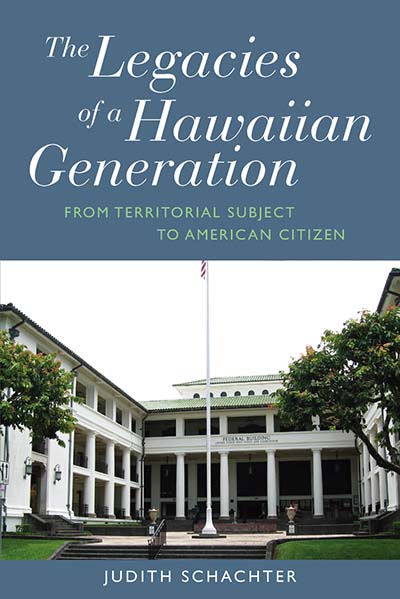 New in Paperback
New in Paperback
THE LEGACIES OF A HAWAIIAN GENERATION
From Territorial Subject to American Citizen
Judith Schachter
“Schachter has written a book that models how anthropologists can be responsible and responsive to indigenous people. [It is] massively researched but exceedingly accessible, ethically and methodologically groundbreaking, and yet humble in its ambition and presentation. This book deserves a wide audience, and will appeal to Hawai‘i specialists, as well as scholars of the Pacific and indigeneity. It is also imminently suited to classroom use, if students are ready for ethnographic detail…[and] will leave its own rich legacy for future generations of scholars.” · Asia Pacific Viewpoint
The book traces the ways that Hawaiian values adapted to changing conditions under a Territorial regime and then after statehood. These conditions involved claims for land for Native Hawaiian Homesteads, education in American public schools, military service, and participation in the Hawaiian cultural renaissance. Based on fieldwork observations, kitchen table conversations, and talk-stories, or mo`olelo, this book is a unique blend of biography, history, and anthropological analysis.
Read Chapter 1. Introduction—A Perspective on Hawai`i-US Relations
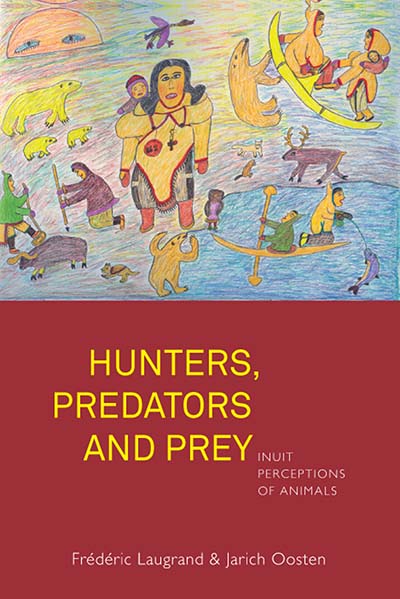 New in Paperback
New in Paperback
HUNTERS, PREDATORS AND PREY
Inuit Perceptions of Animals
Frédéric Laugrand and Jarich Oosten†
“This is a beautiful and deeply humbling book whose detailed accounts show the depth, power, and wisdom of a worldview too often dismissed or forgotten. For all scholars of the Arctic and indigenous peoples and of major interest to thoughtful philosophers. Essential.” · Choice
“… the book is excellent. It is a very strong volume, required reading for any scholar of the Arctic or for those whose work focuses on human animal relationships. The information in the book has provided me with insights about animals that I had never actively considered in my own work.” · Anthropos
Inuit hunting traditions are rich in perceptions, practices and stories relating to animals and human beings. The authors examine key figures such as the raven, an animal that has a central place in Inuit culture as a creator and a trickster, and qupirruit, a category consisting of insects and other small life forms. After these non-social and inedible animals, they discuss the dog, the companion of the hunter, and the fellow hunter, the bear, considered to resemble a human being.
Read Introduction
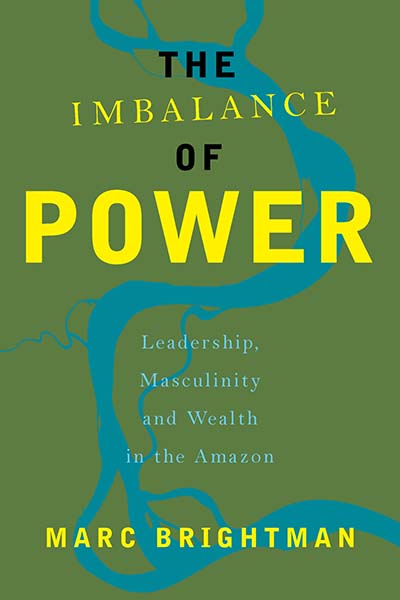 Forthcoming
Forthcoming
THE IMBALANCE OF POWER
Leadership, Masculinity and Wealth in the Amazon
Marc Brightman
Amerindian societies have an iconic status in classical political thought. For Montaigne, Hobbes, Locke, Hume and Rousseau, the native American ‘state of nature’ operates as a foil for the European polity. Challenging this tradition, The Imbalance of Power demonstrates ethnographically that the Carib speaking indigenous societies of the Guiana region of Amazonia do not fit conventional characterizations of ‘simple’ political units with ‘egalitarian’ political ideologies and ‘harmonious’ relationships with nature. Marc Brightman builds a persuasive and original theory of Amerindian politics: far from balanced and egalitarian, Carib societies are rife with tension and difference; but this imbalance conditions social dynamism and a distinctive mode of cohesion.
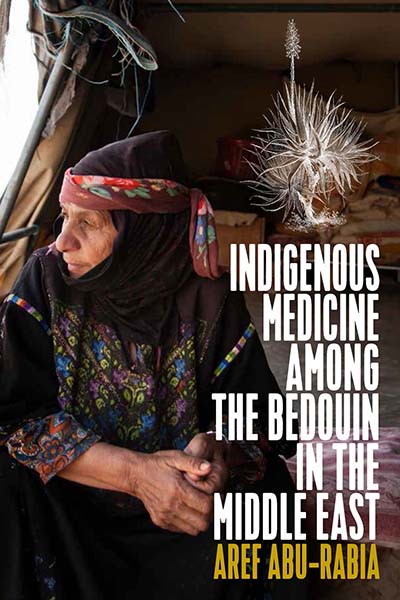 INDIGENOUS MEDICINE AMONG THE BEDOUIN IN THE MIDDLE EAST
INDIGENOUS MEDICINE AMONG THE BEDOUIN IN THE MIDDLE EAST
Aref Abu-Rabia
Modern medicine has penetrated Bedouin tribes in the course of rapid urbanization and education, but when serious illnesses strike, particularly in the case of incurable diseases, even educated people turn to traditional medicine for a remedy. Over the course of 30 years, the author gathered data on traditional Bedouin medicine among pastoral-nomadic, semi-nomadic, and settled tribes. Based on interviews with healers, clients, and other active participants in treatments, this book will contribute to renewed thinking about a synthesis between traditional and modern medicine — to their reciprocal enrichment.
Read Introduction
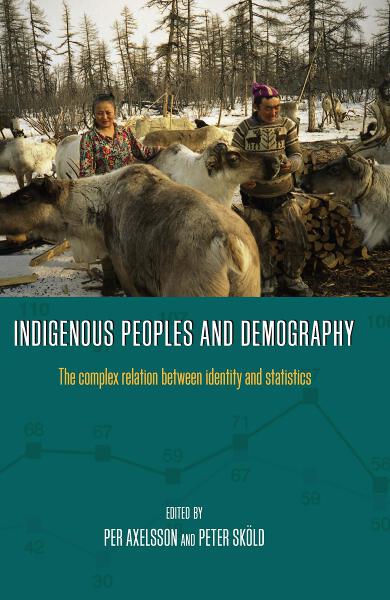
In Paperback
INDIGENOUS PEOPLES AND DEMOGRAPHY
The Complex Relation between Identity and Statistics
Edited by Per Axelsson and Peter Sköld
“Using historical and demographical evidence, the contributors explore the creation and validity of categories for enumerating indigenous populations, the use and misuse of ethnic markers, micro-demographic investigations, and demographic databases, and thereby show how the situation varies substantially between countries.” · International Journal of Anthropology
When researchers want to study indigenous populations they are dependent upon the highly variable way in which states or territories enumerate, categorise and differentiate indigenous people. In this volume, anthropologists, historians, demographers and sociologists have come together for the first time to examine the historical and contemporary construct of indigenous people in a number of fascinating geographical contexts around the world, including Canada, the United States, Colombia, Russia, Scandinavia, the Balkans and Australia. Using historical and demographical evidence, the contributors explore the creation and validity of categories for enumerating indigenous populations, the use and misuse of ethnic markers, micro-demographic investigations, and demographic databases, and thereby show how the situation varies substantially between countries.
Read Introduction
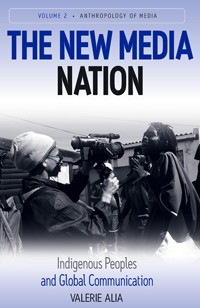
In Paperback!
THE NEW MEDIA NATION
Indigenous Peoples and Global Communication
Valerie Alia
“…a scholar with extensive knowledge of indigenous life in the Canadian North, has compiled a valuable and timely compendium on how Native societies from the Arctic to Australia use new media technologies to reinforce local cultures and establish global connections…Highly recommended.” · Choice
Around the planet, Indigenous people are using old and new technologies to amplify their voices and broadcast information to a global audience. This is the first portrait of a powerful international movement that looks both inward and outward, helping to preserve ancient languages and cultures while communicating across cultural, political, and geographical boundaries. Based on more than twenty years of research, observation, and work experience in Indigenous journalism, film, music, and visual art, this volume includes specialized studies of Inuit in the circumpolar north, and First Nations peoples in the Yukon and southern Canada and the United States.
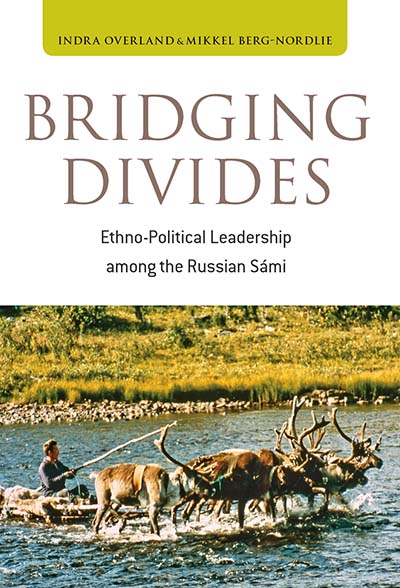
In Paperback!
BRIDGING DIVIDES
Ethno-Political Leadership among the Russian Sámi
Indra Overland and Mikkel Berg-Nordlie
“[These] excellent chapters detail the emergence of cross-border ties between Russia’s Sámi communities and Nordic Sámi, and assess their contributions to cultural renewal . . . The socioeconomic and cultural portrait [drawn] will likely seem all too familiar to scholars of other Arctic and subarctic indigenous populations in northern Eurasia, but some of the information is unique to Russia’s Sámi, making this an indispensable contribution to the documentation of northern peoples. Essential.” · Choice
The Sámi are a Northern indigenous people whose land, Sápmi, covers territory in Finland, Norway, Russia, and Sweden. For the Nordic Sámi, the last decades of the twentieth century saw their indigenous rights partially recognized, a cultural and linguistic revival, and the establishment of Sámi parliaments. The Russian Sámi, however, did not have the same opportunities and were isolated behind the closed border until the dissolution of the Soviet Union. This book examines the following two decades and the Russian Sámi’s attempt to achieve a linguistic revival, to mend the Cold War scars, and to establish their own independent ethno-political organizations.
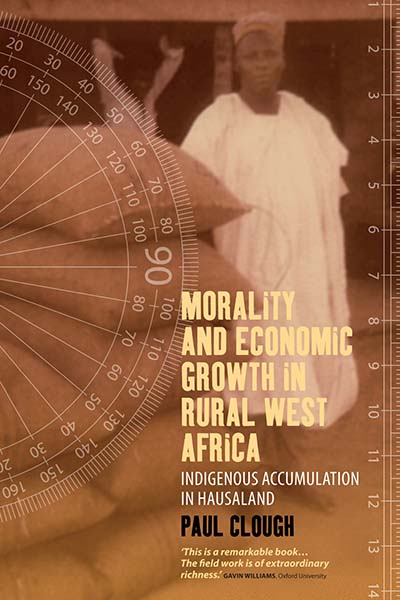 MORALITY AND ECONOMIC GROWTH IN RURAL WEST AFRICA
MORALITY AND ECONOMIC GROWTH IN RURAL WEST AFRICA
Indigenous Accumulation in Hausaland
Paul Clough
“Clough’s large and data-packed book… is directly contesting a truism of contemporary economics and politics, that there is only one way to do markets and that Western-style capitalism will and must sweep all other ways of conducting market behavior before it… One of the most fascinating points that Clough makes is the impact of Islam on labor relations…” · Anthropology Review Database
The land, labor, credit, and trading institutions of Marmara village, in Hausaland, northern Nigeria, are detailed in this study through fieldwork conducted in two national economic cycles – the petroleum-boom prosperity (in 1977-1979), and the macro-economic decline (in 1985, 1996 and 1998). The book unveils a new paradigm of economic change in the West African savannah, demonstrating how rural accumulation in a polygynous society actually limits the extent of inequality while at the same time promoting technical change. A uniquely African non-capitalist trajectory of accumulation subordinates the acquisition of capital to the expansion of polygynous families, clientage networks, and circles of trading friends. The whole trajectory is driven by an indigenous ethics of personal responsibility. This model disputes the validity of both Marxian theories of capitalist transformation in Africa and the New Institutional Economics.
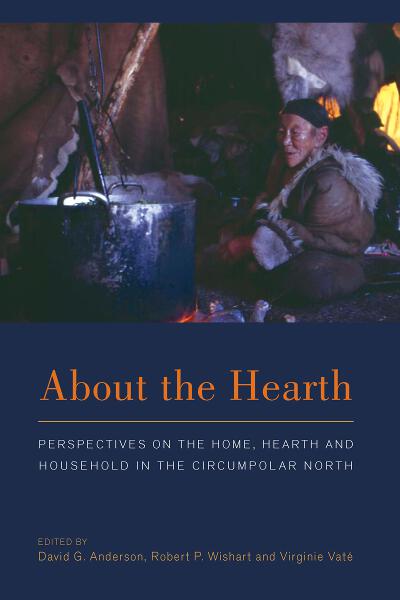
New in Paperback
ABOUT THE HEARTH
Perspectives on the Home, Hearth and Household in the Circumpolar North
Edited by David G. Anderson, Robert P. Wishart, and Virginie Vaté
“Each chapter offers something interesting for the reader…One can list bright and sometimes provocative ideas put forth by each contributor…The main advantage of this book is the ability to spark interest among the most diverse groups of specialists in the field of indigenous cultures.” · Social Anthropology/Anthropologie sociale
Due to changing climates and demographics, questions of policy in the circumpolar north have focused attention on the very structures that people call home. Dwellings lie at the heart of many forms of negotiation. Based on years of in-depth research, this book presents and analyzes how the people of the circumpolar regions conceive, build, memorialize, and live in their dwellings. This book seeks to set a new standard for interdisciplinary work within the humanities and social sciences and includes anthropological work on vernacular architecture, environmental anthropology, household archaeology and demographics.
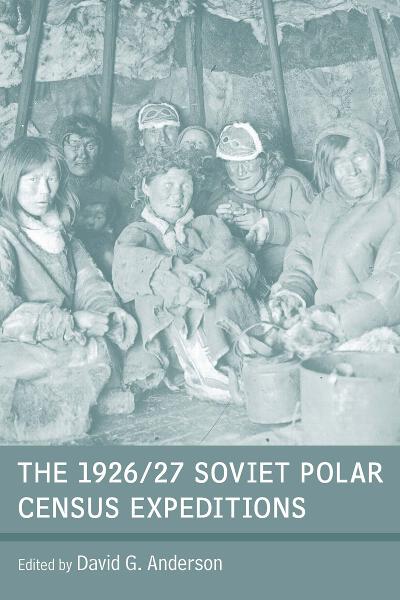
In Paperback
THE 1926/27 SOVIET POLAR CENSUS EXPEDITIONS
Edited by David G. Anderson
“The contributors have made excellent use of recently opened archives and interviews with descendants of the people surveyed to provide a uniquely human portrait of this seminal project. While the chapters focus most thoroughly on the Nenets, Khanty, and Yakut, the analysis is of broader relevance to an understanding of Siberian peoples during the first stages of the sovietization of the Far North. This book will prove of unique value to historians of the Soviet period as well as to cultural anthropologists specializing in polar peoples. Highly recommended.” · Choice
In 1926/27 the Soviet Central Statistical Administration initiated several yearlong expeditions to gather primary data on the whereabouts, economy and living conditions of all rural peoples living in the Arctic and sub-Arctic at the end of the Russian civil war. Due partly to the enthusiasm of local geographers and ethnographers, the Polar Census grew into a massive ethnological exercise, gathering not only basic demographic and economic data on every household but also a rich archive of photographs, maps, kinship charts, narrative transcripts and museum artifacts. To this day, it remains one of the most comprehensive surveys of a rural population anywhere. The contributors to this volume – all noted scholars in their region – have conducted long-term fieldwork with the descendants of the people surveyed in 1926/27. This volume is the culmination of eight years’ work with the primary record cards and was supported by a number of national scholarly funding agencies in the UK, Canada and Norway. It is a unique historical, ethnographical analysis and of immense value to scholars familiar with these communities’ contemporary cultural dynamics and legacy.
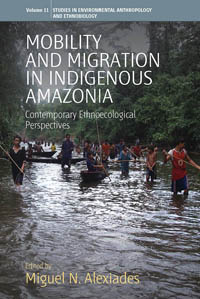 In Paperback!
In Paperback!
MOBILITY AND MIGRATION IN INDIGENOUS AMAZONIA
Contemporary Ethnoecological Perspectives
Edited by Miguel N. Alexiades
“This impressive compilation exploring multiple faces of ethnoecology and mobility will have broad appeal to audiences of anthropology, cultural geography, ethnoecology, ethnobotany, and Latin American studies…[Its] commendable incorporation of multiple nations and ethnic groups makes it a particularly valuable contribution.” · Anthropos
Contrary to ingrained academic and public assumptions, wherein indigenous lowland South American societies are viewed as the product of historical emplacement and spatial stasis, there is widespread evidence to suggest that migration and displacement have been the norm, and not the exception. This original and thought-provoking collection of case studies examines some of the ways in which migration, and the concomitant processes of ecological and social change, have shaped and continue to shape human-environment relations in Amazonia. Drawing on a wide range of historical time frames (from pre-conquest times to the present) and ethnographic contexts, different chapters examine the complex and important links between migration and the classification, management, and domestication of plants and landscapes, as well as the incorporation and transformation of environmental knowledge, practices, ideologies and identities.
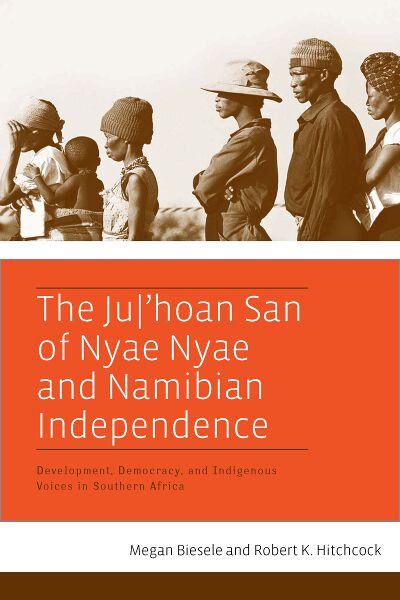 In Paperback!
In Paperback!
THE JU/’HOAN SAN OF NYAE NYAE AND NAMIBIAN INDEPENDENCE
Development, Democracy, and Indigenous Voices in Southern Africa
Megan Biesele and Robert K. Hitchcock
The Ju/’hoan San, or Ju/’hoansi, of Namibia and Botswana are perhaps the most fully described indigenous people in all of anthropology. This is the story of how this group of former hunter-gatherers, speaking an exotic click language, formed a grassroots movement that led them to become a dynamic part of the new nation that grew from the ashes of apartheid South West Africa. While coverage of this group in the writings of Richard Lee, Lorna Marshall, Elizabeth Marshall Thomas, and films by John Marshall includes extensive information on their traditional ways of life, this book continues the story as it has unfolded since 1990. Peopled with accounts of and from contemporary Ju>/’hoan people, the book gives newly-literate Ju/’hoansi the chance to address the world with their own voices. In doing so, the images and myths of the Ju/’hoan and other San (previously called “Bushmen”) as either noble savages or helpless victims are discredited. This important book demonstrates the responsiveness of current anthropological advocacy to the aspirations of one of the best-known indigenous societies.
Of Related Interest from Berghahn Journals:



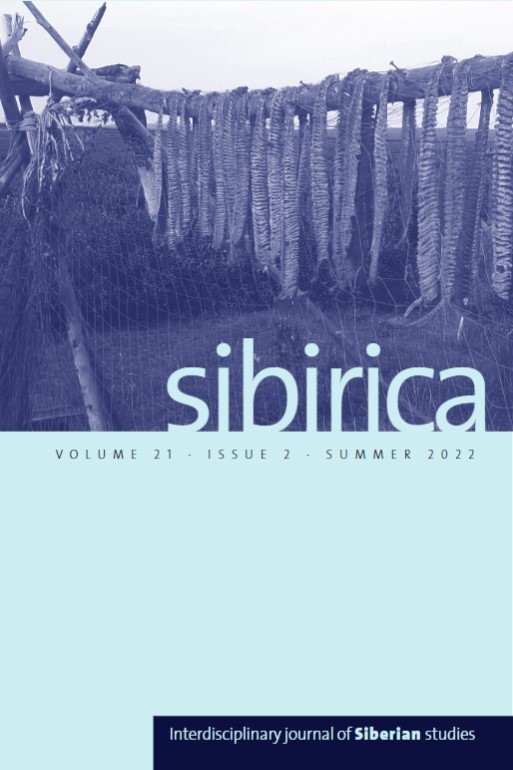
Anthropology in Action
Journal for Applied Anthropology in Policy and Practice
Anthropology in Action is a peer-reviewed journal publishing articles, commentaries, research reports, and book reviews in applied anthropology. Contributions reflect the use of anthropological training in policy- or practice-oriented work and foster the broader application of these approaches to practical problems.
Special Issue: Indigenous Knowledge in Development
Focaal
Journal of Global and Historical Anthropology
Focaal is a peer-reviewed journal advocating an approach that rests in the simultaneity of ethnography, processual analysis, local insights, and global vision.
Featured Article: The social life of categories: Affirmative action and trajectories of the indigenous
Bengt G. Karlsson
Girlhood Studies
An Interdisciplinary Journal
Girlhood Studies is a peer-reviewed journal providing a forum for the critical discussion of girlhood from a variety of disciplinary perspectives, and for the dissemination of current research and reflections on girls’ lives to a broad, cross-disciplinary audience of scholars, researchers, practitioners in the fields of education, social service and health care and policy makers.
Special Issue: Indigenous Girls
Museum Worlds
Advances in Research
Museum Worlds is a multidisciplinary, refereed, annual journal that publishes work that significantly advances knowledge of global trends, case studies, and theory relevant to museum practice and scholarship around the world.
Featured Article: Indigenous Australia: Enduring Civilisation—A Personal Reflection
Howard Morphy
Be sure to check out the Museum Worlds website for more on museums, such as exhibit reviews, virtual museum tours, image galleries, and a virtual journal issue highlighting Museum Studies articles from Berghahn Journals.
Nature and Culture
Nature and Culture is a forum for the international community of scholars and practitioners to present, discuss, and evaluate critical issues and themes related to the historical and contemporary relationships that societies, civilizations, empires, regions, nation-states have with Nature.
Featured Article: Legal Pluralism, Forest Conservation, and Indigenous Capitalists: The Case of the Kalanguya in Tinoc, the Philippines
Adrian Albano, Els van Dongen and Shinya Takeda
Sibirica
Interdisciplinary Journal of Siberian Studies
Sibirica is a peer-reviewed interdisciplinary journal covering all aspects of the region and relations to neighboring areas, such as Central Asia, East Asia, and North America.
Featured Article: Trickster Lessons in Early Canadian Indigenous Communities
Carolyn Podruchny
Social Analysis
The International Journal of Social and Cultural Practice
Social Analysis is an international peer-reviewed journal devoted to exploring the analytical potentials of anthropological research.
Featured Article: Representing Mayas: Indigenous Authorities and Citizenship Demands in Guatemala
Elisabet Dueholm Rasch

